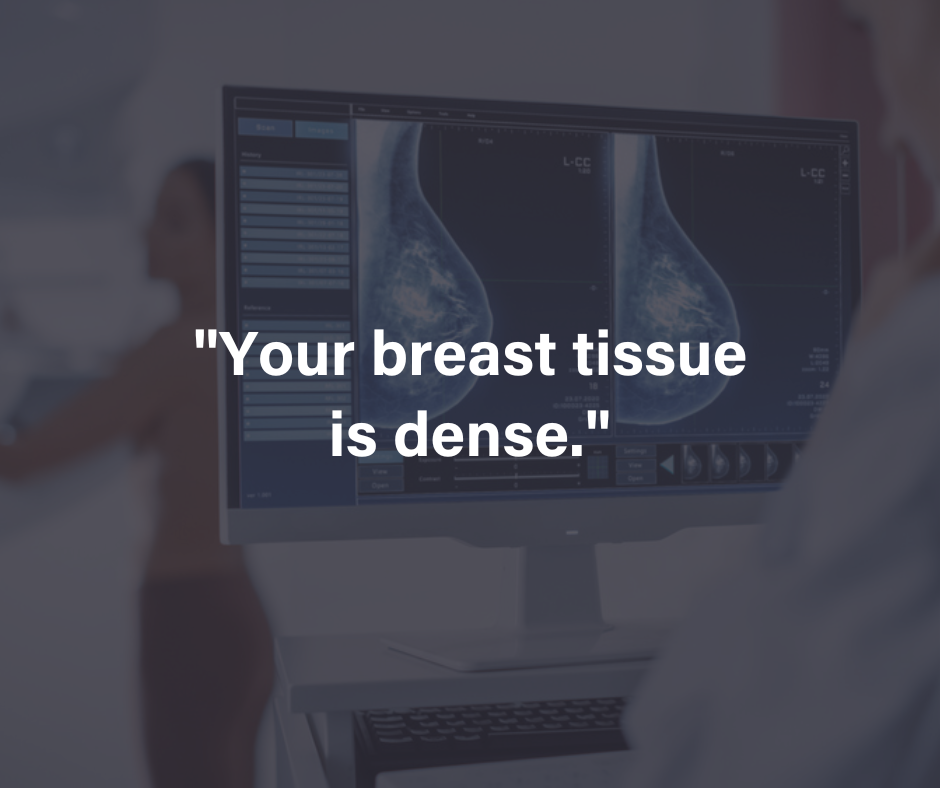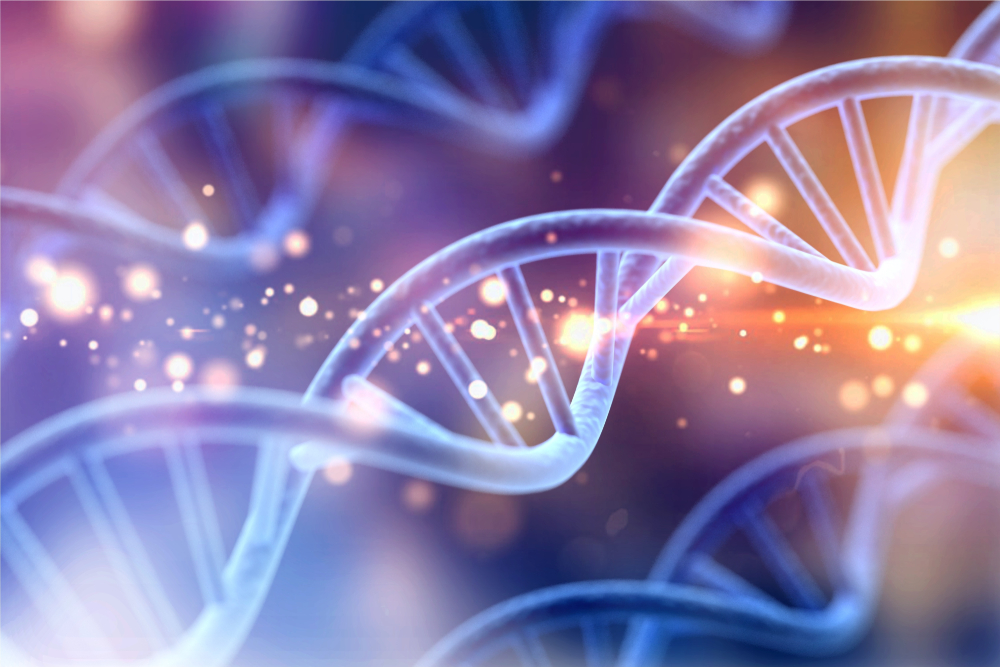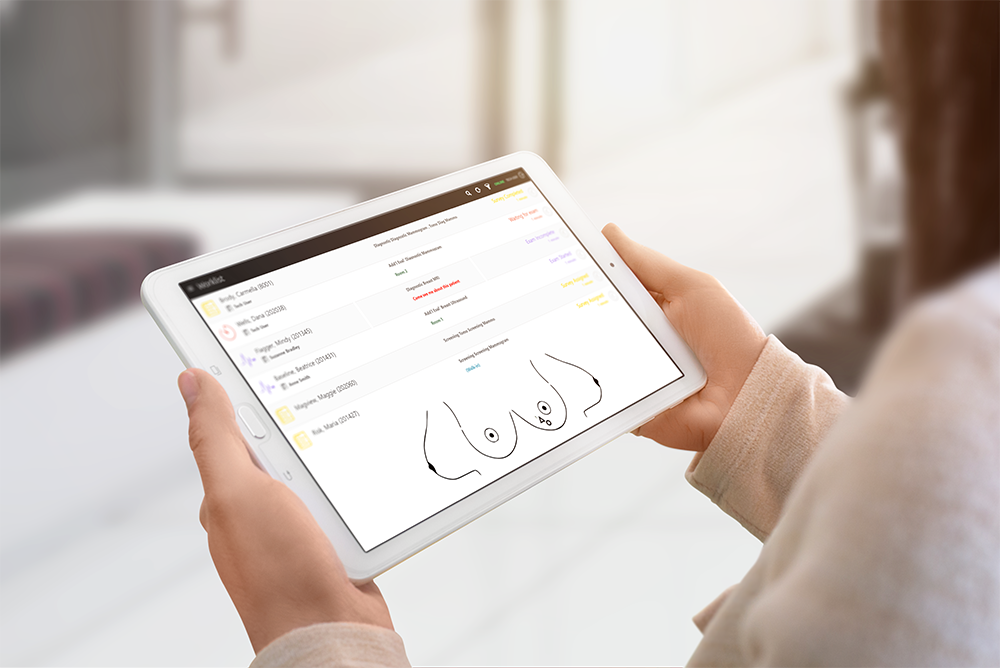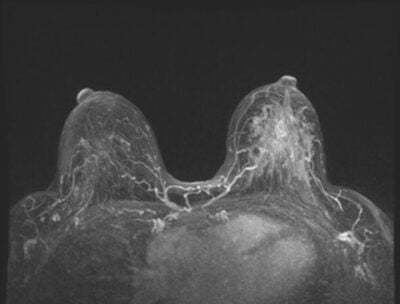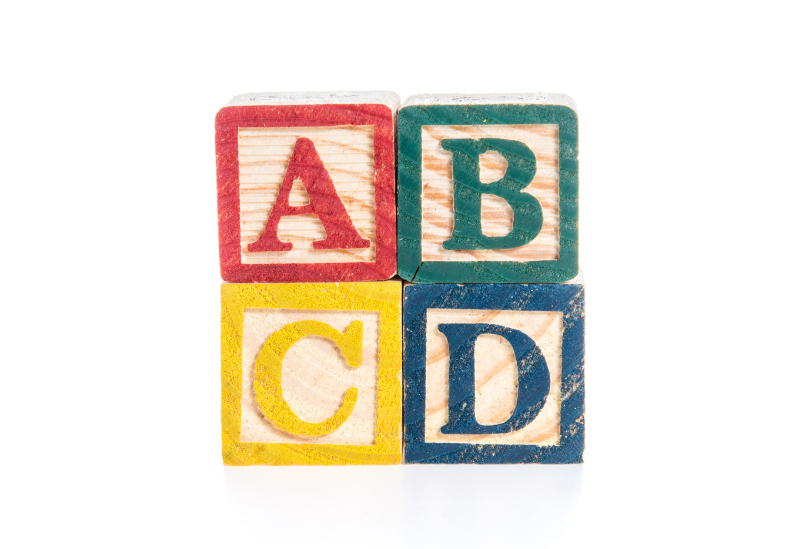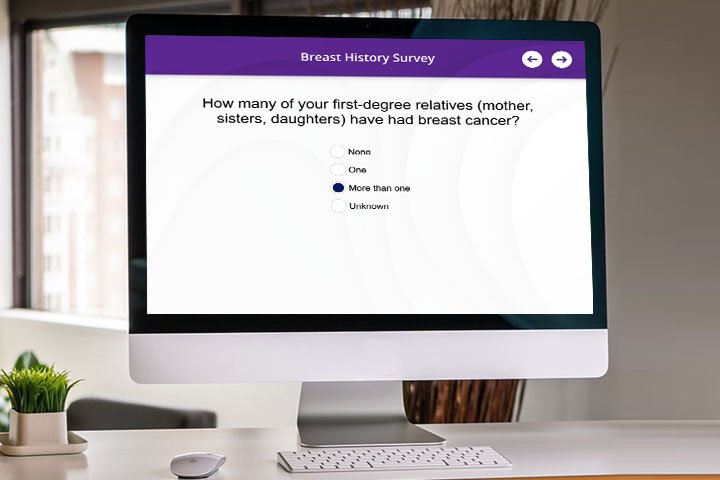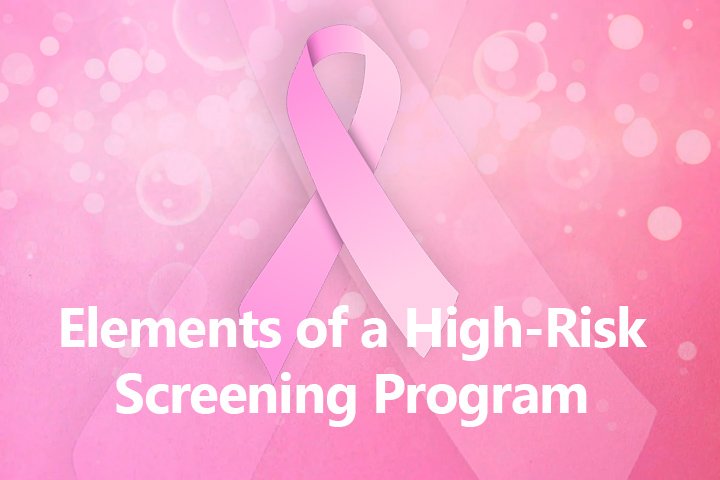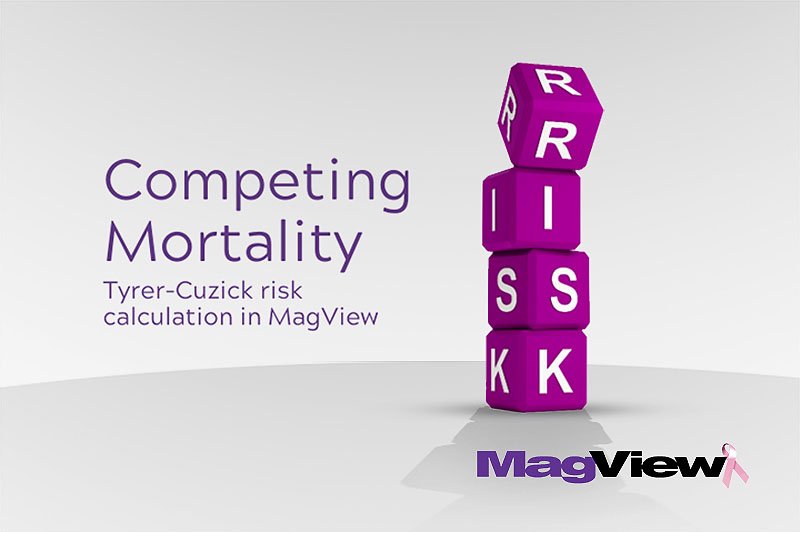You went in for a routine mammogram and walked away thinking all was well, but you got a callback.
Now you’re panicking. What does this mean? Do you have breast cancer? Is it progressed? Is death looming?
Most likely not. It’s relatively common to have an abnormal mammogram. It could mean anything from a blurry or low-quality result to the natural shape of your breast if you have no other mammogram to compare it to.
It’s going to be okay. Only a handful of women who get the dreaded call back end up having cancer.
Your fear is no reason to not go back in and get further tests done. In fact, letting your provider follow up is the best thing you can do for your health.
Want to know what else it could be? Learn about abnormal mammography results below.
What Does a Healthy Mammogram Look Like?
Let’s start off by saying every breast is different. Some people have a more pronounced nipple, more fat pockets, bigger and smaller breasts – you name it.
Which is to say, there isn’t a perfect image for a mammogram. What the technician is hoping for is a clear image where they can see all of your breast tissue.
That said – here’s an idea of what a healthy mammogram result image will look like.
A mammogram looks a little like an X-ray, but it’s harder to identify specific parts because the breasts have no bones. They do have ducts and glands, which show up as white tissue on a mammogram.
In fact, the mammogram looks a little bit like a cloud, if you had to compare it to something. There are bright white areas (which are dense tissues) and darker areas that can even sometimes look like holes (these are fat deposits, totally normal).
Women who’ve never had babies and those who aren’t yet in menopause have denser (whiter) looking mammogram images than other women.
This denser tissue can actually lead to the need to be retested – since the imagers can’t see through dense areas very well. That’s a big reason you may get called back in, especially if you’re young.
Your breasts are especially healthy, not unhealthy.
Normal Mammograms for Mothers and Menopausal Women
Unlike your younger or non-child bearing counterparts, your breasts are less dense. This comes from use and time; the tissue has had activity (breastfeeding or pregnancy hormones) and time to spread out.
That means your mammogram won’t be quite as bright white as someone who hasn’t had kids. That’s okay; a darker mammogram is still normal.
In fact, issues will show up as bright white spots, so yours may be easier to read, as long as it’s healthy.
What Are Common Abnormal Mammography Results?
Now that you understand what a healthy image looks like, let’s talk about an “abnormal” image. In this context, “abnormal” does not mean cancerous.
It simply means different than your previous or the standard.
Common Result 1: A Bad Image
Just like regular photographs, mammograms can get a bad shot.
Maybe the machine pressed your breast in a way that forced one dense area to cover up an area normally captured.
If that happens, the clinic will likely tell you they need to do another mammogram. It’s more involved, but it’s basically like taking another picture because your eyes were closed in the first one.
Some clinics will do a breast MRI or ultrasound instead of taking another image. That’s normal and just a different way of processing things, since your results weren’t ideal the first time. Your doctor should walk you through why they chose the next process.
Common Result #2: Calcifications
The human body needs calcium and sometimes it gets stuck in parts of the body – like in your breast tissue. This is especially common as you age or after you have kids.
All it is built up calcium in ducts or glands around your breast. You could relate it to a partial blood clot in a vein, but it’s not nearly or even close to as dangerous.
There are two main forms of breast calcifications, micro, and macro. They’re what they sound like.
Microcalcifications look like small white dots. Almost like pinhead polka dots in random positions.
Macrocalcifications aren’t dots, they’re usually lines or little clusters. To the untrained eye, they could look like a tumor. However, these bigger clusters are usually of less concern.
The majority are non-cancerous. Microcalcifications are noncancerous most of the time too, but in certain cases, they can be indications of cancer.
It’s better to retest and be safe than sorry.
When we say the majority of the time these are non-cancerous, we mean 98% of the time.
Common Result #3: Fibroids
Since fibroids can happen in other parts of the body and their existence is common knowledge, we’ll spend less time discussing them.
Just like your uterus, you can get fibroids in your breast tissue. Most of the time nothing will happen from these, but they can cause pain if they start interrupting blood flow.
The Dreaded Result: A Tumor
Okay, if your doctor suspects there is a breast tumor, you should know there’s a very high chance you caught it early and you’ll be okay. That’s one reason it’s so important to get regular mammograms.
On the mammogram, tumors appear very bright white and dense. They have a defined shape and seem to almost glow white.
Making Your Follow Up Appointment
It’s okay to feel worried if you get a call back about abnormal mammography results. It’s okay to ask to speak to your doctor and ask them what made them question the imaging.
Your doctors and technicians are here for you and want to make sure everything is alright. Follow any instructions they give you for a more frequent follow-up schedule if need be.
The best thing you can do is stay calm and learn more about your specific breast results.
Before you commit to one doctor, ask if they use MagView. It’s a processing technology that aims for clearer results and fewer errors in reporting.
That means more peace of mind and less stress, what everyone wants.

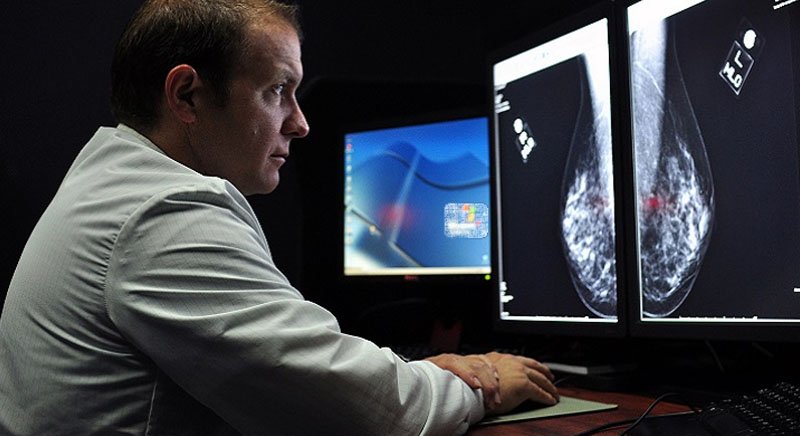


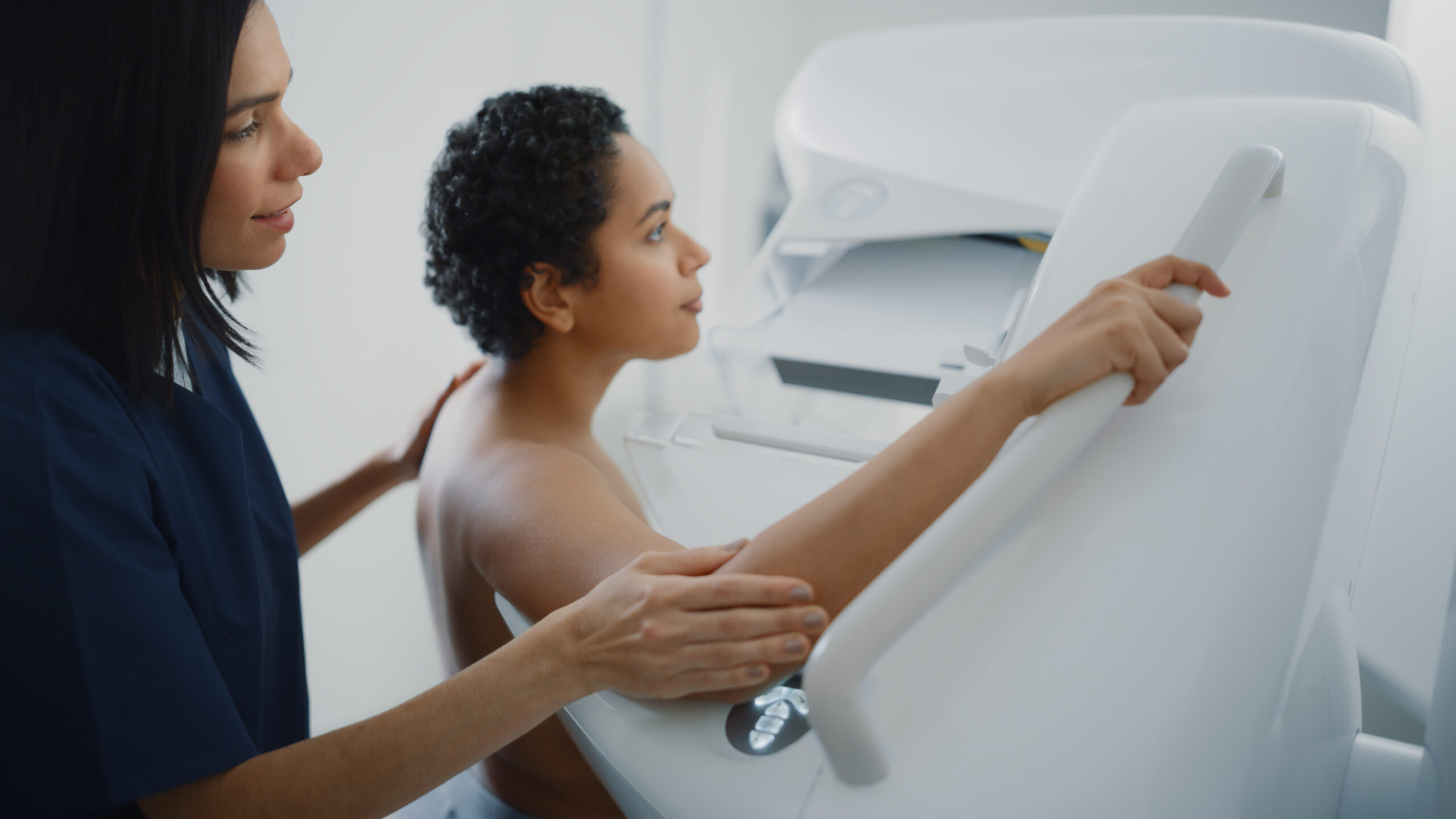
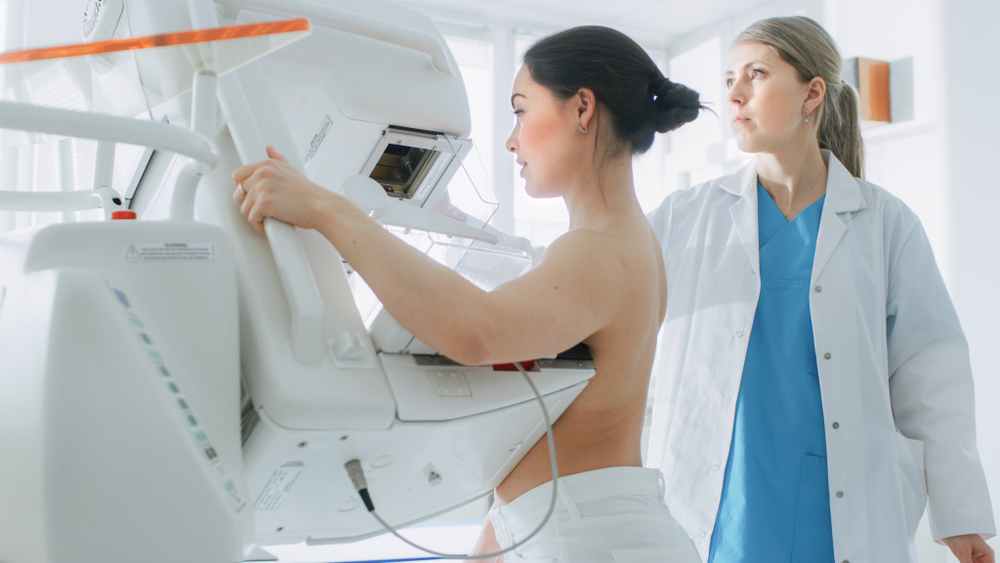
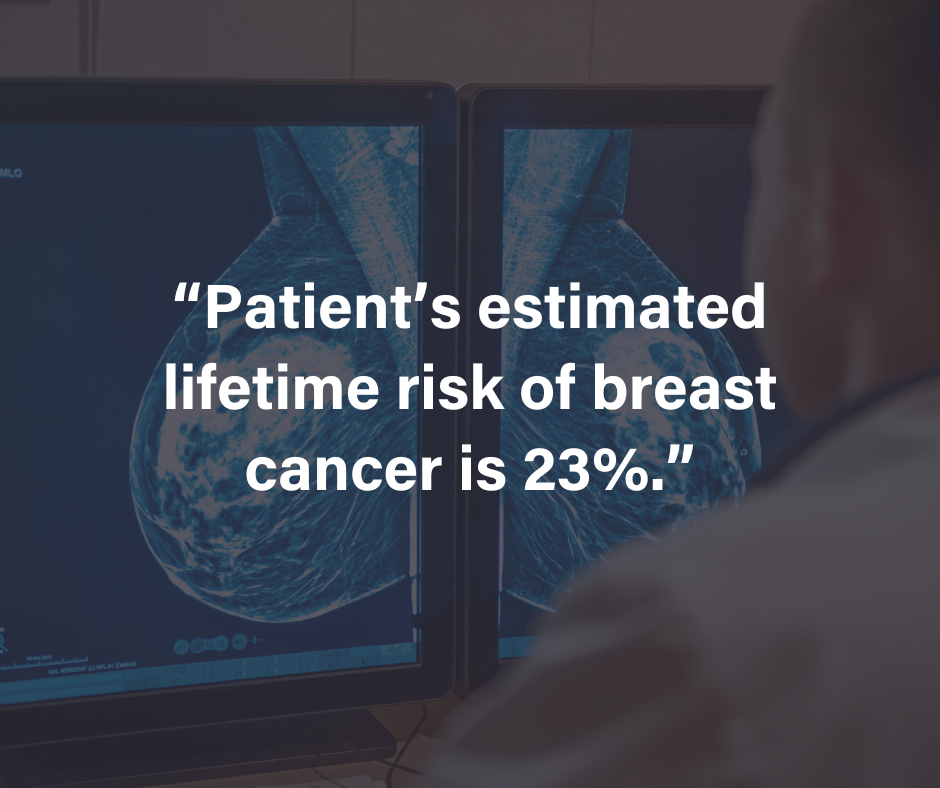







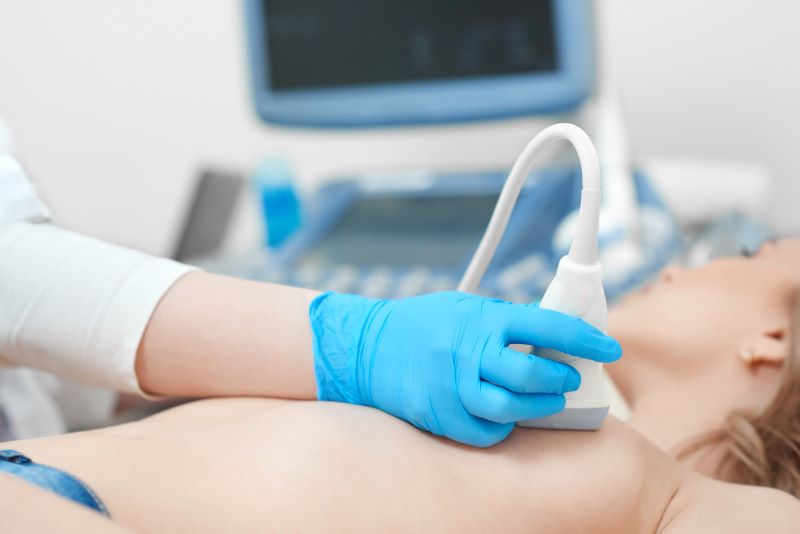
![monitoring breast density shutterstock_1299510538-[Converted]](https://magview.com/wp-content/uploads/2023/05/shutterstock_1299510538-Converted.jpg)

